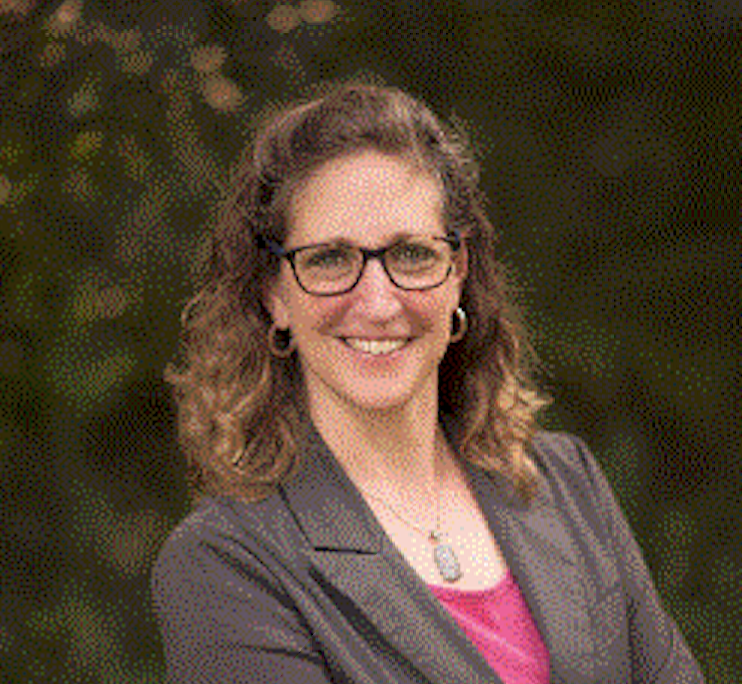Respiratory Diseases
Session: Poster Session C
(191) Respiratory Syncytial Virus (RSV) and Bronchiolitis Epidemiology Among the United States Infant Medicaid Populations in Seven States
Sunday, August 27, 2023
8:00 AM - 1:30 PM ADT
Location: Convention Hall
Publication Number: 1184

Susan T. Pastula, MPH
Senior Epidemiologist
EpidStrategies
Ann Arbor, United States
Presenting Author(s)
Background: Medicaid insurance covers about 42% of births in the United States (US). RSV in Medicaid infants aged < 1 year is understudied, particularly at the state-level.
Objectives: This study describes the epidemiology of RSV and bronchiolitis among Medicaid infants in 7 states in the US across all settings from Jan 2016-Nov 2017. Important variables including state of residence, chronological age, birth month, race, and visit month are presented.
Methods: Medicaid claims were obtained for infants born and residing in AZ, CA, FL, MI, NC, NY, and TX from Jan 2016-Nov 2017, with ICD-10 diagnoses of RSV (B97.4, J12.1, J20.5, J21.0) or bronchiolitis (RSV codes plus J21.8, J21.9) in any setting at first diagnosis before age one. Infants were followed for >= 1 month post diagnosis. Bronchiolitis was considered an upper estimate of RSV because laboratory testing of RSV is not broadly recommended. We presented proportions of all Medicaid infant RSV visits. Race/ethnicity was described only in CA, FL, and NC where missingness of data was < 20%.
Results: Of the Medicaid infants born Jan 2016-Nov 2017 in these 7 states, 291,112 (20%) infants were diagnosed with bronchiolitis, of which 80,945 (28%) had RSV. Most were male (52%-55% RSV; 56%-58% bronchiolitis), and between 1-6 months of age (64%-68% RSV; 60%-68% bronchiolitis). More than 40% of RSV diagnoses occurred among those born in late summer or autumn (Aug, Sept, Oct, Nov) in 6 states. In Florida, 50% of RSV visits occurred among those born in the summer (May-Sept). In the 3 states with robust race/ethnicity data, Hispanics had the most RSV encounters in CA (59% RSV; 61% bronchiolitis) and FL (31% RSV; 34% bronchiolitis), and whites had the most RSV visits in NC (43% RSV; 39% bronchiolitis). This pattern was similar in all settings.
In Florida, RSV encounters peaked Sept-Dec for emergency department (ED) and outpatient (OP) settings, accounting for 84% and 80% of the visits, respectively. In the inpatient (IP) setting, hospital admissions were more consistent throughout the year ranging from 4 to 16% per month. In the other states, RSV encounters peaked Nov-Mar in all settings, accounting for 82 to 94% of visits. Similar seasonal patterns were observed for bronchiolitis.
Conclusions: To our knowledge, this is the first study to evaluate RSV and bronchiolitis in this dataset of Medicaid infants at the state level. As seen in this large, representative population with health equity concerns, preventative measures need to be available to all infants in any healthcare setting, with attention to regional variation in RSV seasonality.
Objectives: This study describes the epidemiology of RSV and bronchiolitis among Medicaid infants in 7 states in the US across all settings from Jan 2016-Nov 2017. Important variables including state of residence, chronological age, birth month, race, and visit month are presented.
Methods: Medicaid claims were obtained for infants born and residing in AZ, CA, FL, MI, NC, NY, and TX from Jan 2016-Nov 2017, with ICD-10 diagnoses of RSV (B97.4, J12.1, J20.5, J21.0) or bronchiolitis (RSV codes plus J21.8, J21.9) in any setting at first diagnosis before age one. Infants were followed for >= 1 month post diagnosis. Bronchiolitis was considered an upper estimate of RSV because laboratory testing of RSV is not broadly recommended. We presented proportions of all Medicaid infant RSV visits. Race/ethnicity was described only in CA, FL, and NC where missingness of data was < 20%.
Results: Of the Medicaid infants born Jan 2016-Nov 2017 in these 7 states, 291,112 (20%) infants were diagnosed with bronchiolitis, of which 80,945 (28%) had RSV. Most were male (52%-55% RSV; 56%-58% bronchiolitis), and between 1-6 months of age (64%-68% RSV; 60%-68% bronchiolitis). More than 40% of RSV diagnoses occurred among those born in late summer or autumn (Aug, Sept, Oct, Nov) in 6 states. In Florida, 50% of RSV visits occurred among those born in the summer (May-Sept). In the 3 states with robust race/ethnicity data, Hispanics had the most RSV encounters in CA (59% RSV; 61% bronchiolitis) and FL (31% RSV; 34% bronchiolitis), and whites had the most RSV visits in NC (43% RSV; 39% bronchiolitis). This pattern was similar in all settings.
In Florida, RSV encounters peaked Sept-Dec for emergency department (ED) and outpatient (OP) settings, accounting for 84% and 80% of the visits, respectively. In the inpatient (IP) setting, hospital admissions were more consistent throughout the year ranging from 4 to 16% per month. In the other states, RSV encounters peaked Nov-Mar in all settings, accounting for 82 to 94% of visits. Similar seasonal patterns were observed for bronchiolitis.
Conclusions: To our knowledge, this is the first study to evaluate RSV and bronchiolitis in this dataset of Medicaid infants at the state level. As seen in this large, representative population with health equity concerns, preventative measures need to be available to all infants in any healthcare setting, with attention to regional variation in RSV seasonality.

